

Max Davies
How Audi, BMW, Honda, Mercedes-Benz, and Suzuki started out in Australia, and where they are now
15 Hours Ago
The Grand Cherokee has lost its most popular engine in Australia, but Jeep says the addition of a third row will open up a larger niche.

News Editor


News Editor
The redesigned WL-series Grand Cherokee won’t offer a diesel engine, but Jeep thinks it’ll still have a broader appeal than its WK2 predecessor.
It’s relying on people who’ve previously owned diesels to think long and hard about how much capability they really need with the new model, though, given it’ll be petrol or plug-in hybrid only.
“Without doubt, we will have some diesel customers which are going to have to reconsider and work out what actually do they need,” said Jeep Australia managing director Kevin Flynn.
“And it’s quite possible that actually the vehicle still with 2800[kg braked towing capacity] is still going to be enough for them to adequately pull what they need to pull.”
Mr Flynn said the 3.0-litre turbo-diesel V6 accounted for around 57 per cent of the Grand Cherokee mix over the years, but that things are “moving very, very fast away from diesel”.
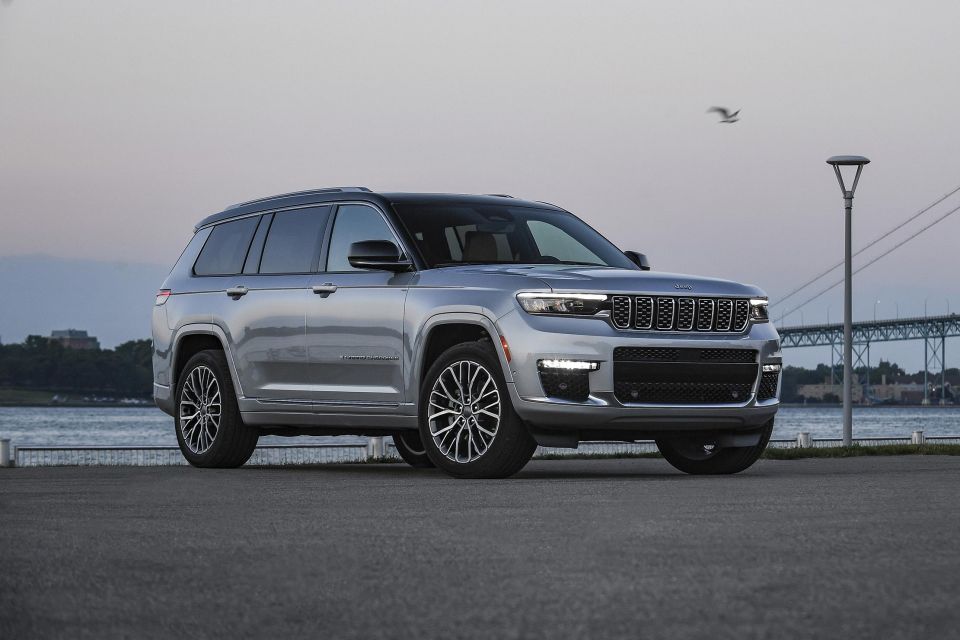
So equipped, the outgoing WK2 Grand Cherokee had a quoted braked towing capacity of 3500kg, matching other large, diesel off-roaders like the Isuzu MU-X and Toyota LandCruiser 300 Series.
The new WL, in contrast, has a braked towing capacity of 2813kg in Night Eagle and Limited trims and 2268kg in the Summit Reserve.
With the WL redesign, Jeep has axed not only the diesel but also the optional 5.7-litre Hemi V8, though the latter is still available in North America. There, it has a quoted towing capacity of 3266kg.
“But the thing is, with WL, it opens up a far bigger niche anyway, because beforehand, we weren’t in the three-row, seven-seat market,” continued Mr Flynn.
“Last thing we want to do is lose our customer base – but actually, the arrival of WL and with us launching with the three-row just opens up into a segment that we didn’t previously compete.”
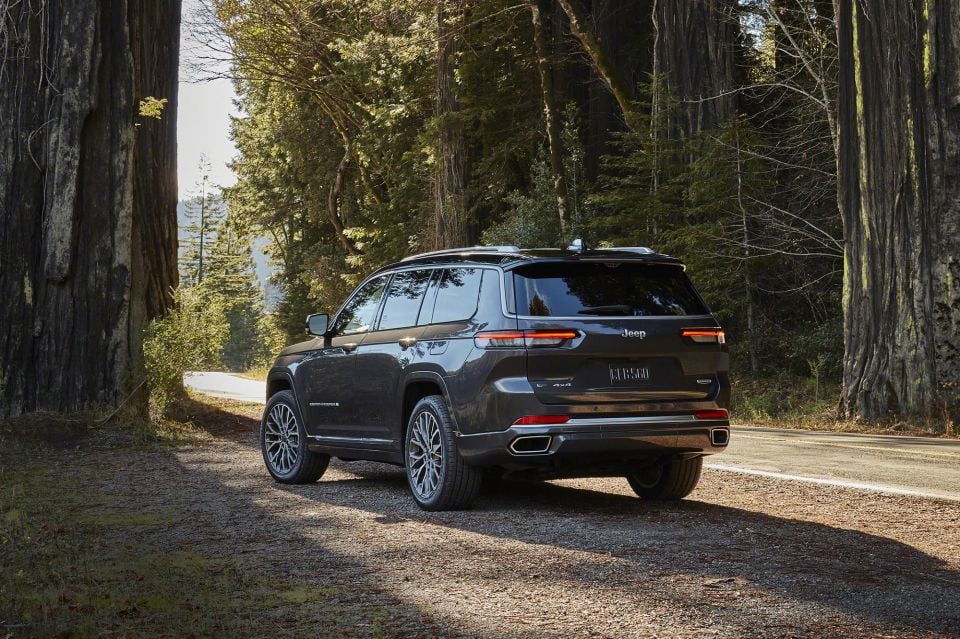
In the large and upper large SUV segments in Australia, the lack of a diesel engine will make the WL Grand Cherokee a bit of an outlier.
Vehicles like the Ford Everest, Isuzu MU-X, Toyota LandCruiser and LandCruiser Prado and Volkswagen Touareg are available exclusively with diesel engines, while numerous premium models the Grand Cherokee L range overlaps with in price offer the option of a diesel – for example the BMW X5 and Mercedes-Benz GLE – offer one or more diesel options.
The longer Grand Cherokee L – the only WL Grand Cherokee style that’ll be available until the two-row lobs in the fourth quarter of 2022 – is the first three-row Jeep to be sold in Australia since the Commander was axed in 2010.
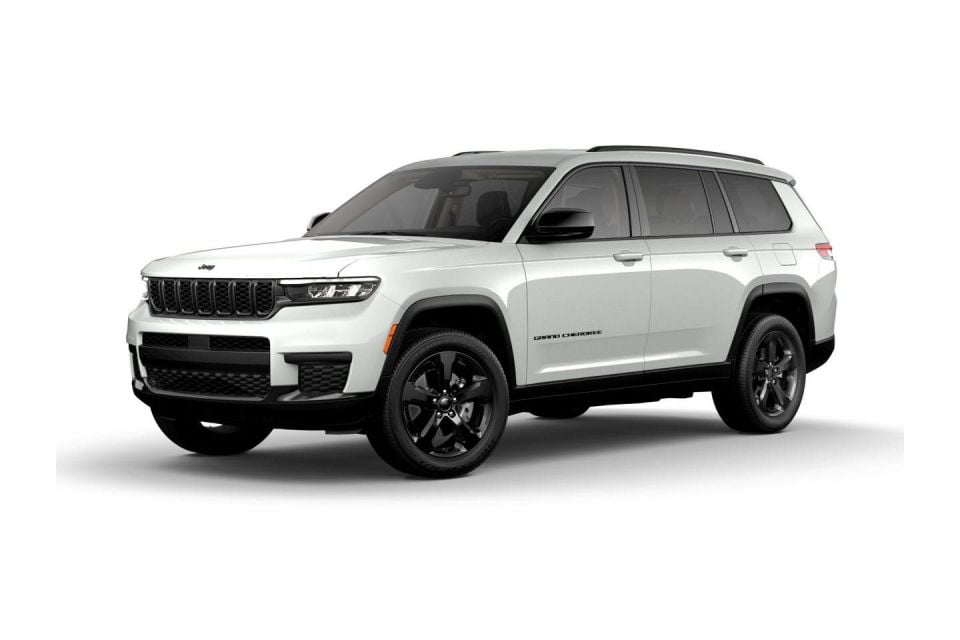
Jeep also hasn’t fielded a three-row vehicle in its home market of the US in that time, though it introduced the three-row, Cherokee-based Grand Commander crossover in China in 2018 and this year revealed the Compass-based Meridian/Commander for markets like India and Latin America.
Jeep has been moving away from diesel engines and towards electrification, with its range of oil-burners shrinking and its new 4xe plug-in hybrid range growing.
Dead globally are diesel variants of the Grand Cherokee (limited dealer stock of the outgoing WK2 remains) and Cherokee.
Demand for diesel has been dwindling in Europe, once a huge market for the powertrain type. Nevertheless, diesel-powered versions of models like the Renegade and Compass are still available in some European markets.
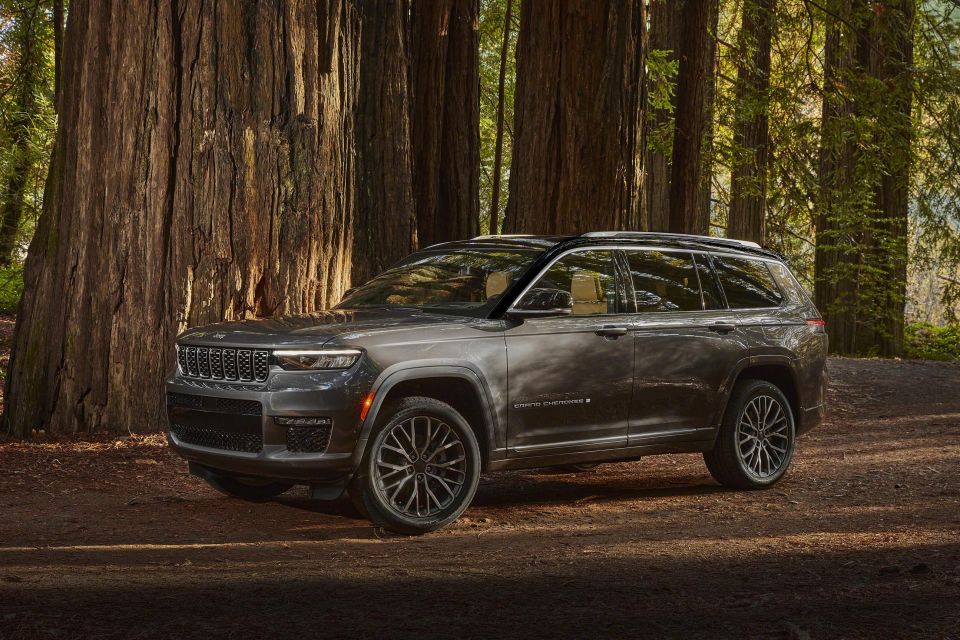
In contrast, Jeep in the US market – where diesel has been a niche player for decades in cars and SUVs – offers the 3.0-litre turbo-diesel V6 in the Wrangler and Gladiator.
Only the Compass diesel is available in Australia, with the range-topping Trailhawk the sole diesel option in Jeep’s local line-up.
While diesel isn’t officially dead yet at Jeep, it’s clear the baton is being passed to electrified and electric vehicles.
Jeep Australia will introduce its first plug-in hybrid in the first quarter of 2023 with the Grand Cherokee 4xe, based on the shorter, two-row body style.
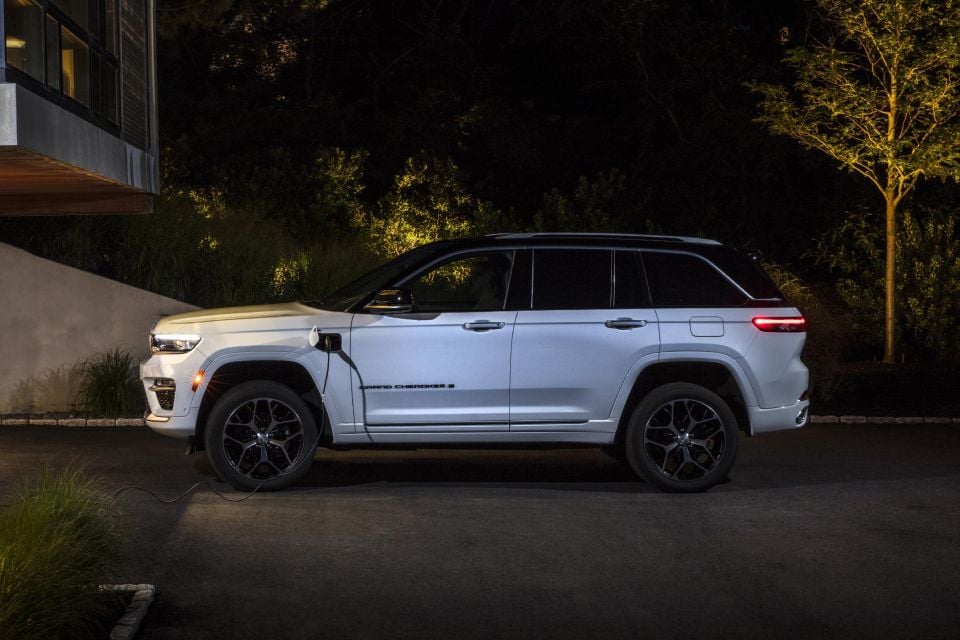
It’s not the first plug-in hybrid from the brand, however, with 4xe versions of the Compass, Renegade and Wrangler available in other markets.
A Gladiator 4xe is also in the works, while the Chinese-market Commander PHEV was the first plug-in Jeep to launch back in 2020.
Jeep has confirmed it’ll sell only electric vehicles in Europe by 2030, and has teased a new small electric SUV for launch there in 2023.
Last year, as part of Stellantis’ EV Day, a couple of Jeep electric vehicles based on the STLA Large architecture were teased in wireframe: one a rugged, boxy-looking four-wheel drive, the other a sleeker crossover.
MORE: Jeep commits to local testing, two-row Grand Cherokee underway MORE: Jeep Grand Cherokee: Five-seat model, PHEV due early 2023 MORE: Everything Jeep Grand Cherokee
Where expert car reviews meet expert car buying – CarExpert gives you trusted advice, personalised service and real savings on your next new car.
William Stopford is an automotive journalist with a passion for mainstream cars, automotive history and overseas auto markets.


Max Davies
15 Hours Ago


William Stopford
15 Hours Ago


Derek Fung
16 Hours Ago


Max Davies
23 Hours Ago


William Stopford
2 Days Ago


Ben Zachariah
2 Days Ago